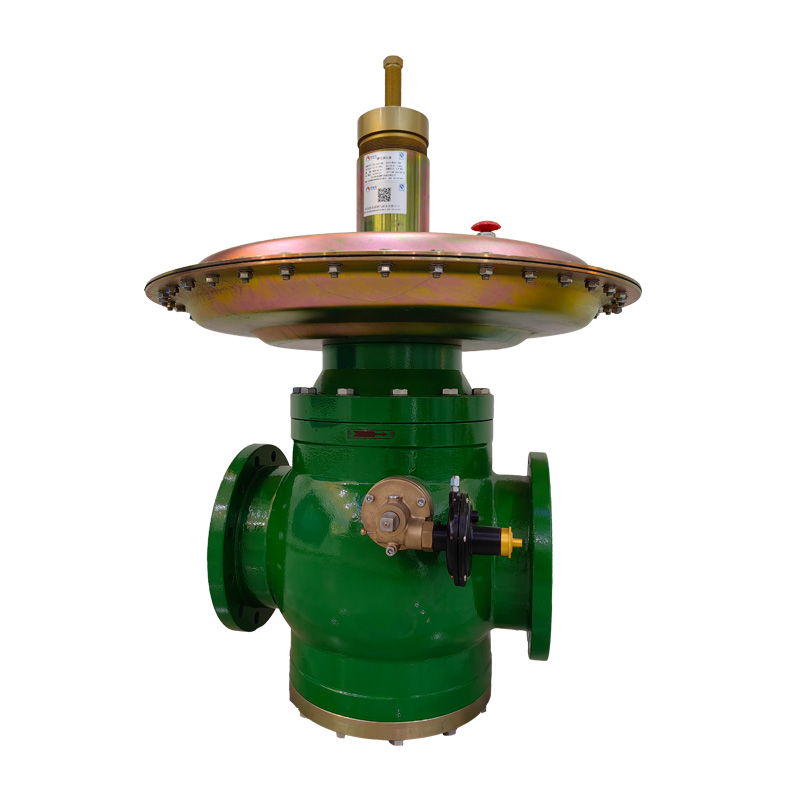
Dec . 26, 2024 18:33
Back to list
Understanding the Coalescing Filter and Its Applications in Data Processing
Understanding Coalescing Filters A Comprehensive Guide
Coalescing filters are essential components widely used in various industries, particularly in the fields of oil and gas, water treatment, and chemical processing. These filters play a critical role in separating liquid contaminants from gases and other liquids, ensuring that the operational process remains efficient and pollution is minimized.
At its core, a coalescing filter works by combining small droplets of liquid into larger ones, which can then be easily separated from a gas or other fluid. This process is crucial in applications where gas streams may contain water, oil, or other liquid impurities that could harm equipment or affect product quality.
The Working Principle
The functioning of a coalescing filter hinges on its specialized design, which typically includes multiple stages of filtration and coalescing media. When a contaminated gas stream enters the filter, it's first directed through a series of mechanical barriers. These barriers capture larger particles and droplets, preventing them from passing through further into the system.
As smaller droplets collide with the coalescing media, which consists of fibrous materials, they merge with one another. This merging occurs due to the surface tension of the liquid; as smaller droplets come into contact, they combine to form larger droplets. Once the droplets reach a sufficient size, gravity aids in their separation, allowing them to drain away from the filter, effectively removing impurities from the gas stream.
Applications of Coalescing Filters
Coalescing filters are indispensable in various sectors. In the oil and gas industry, they are utilized to remove water and particulate matter from hydrocarbon streams, helping to protect pumps, compressors, and other equipment. If left unchecked, these impurities can lead to equipment failures and costly downtime.
coalescing filter

In water treatment facilities, coalescing filters help in the separation of suspended solids and oils from wastewater. By efficiently removing these contaminants, the filters ensure that the treated water meets environmental standards before being released back into water bodies or reused in industrial processes.
Additionally, in the chemical industry, coalescing filters are used in processes where gases or liquids need to be purified before further processing. They can significantly enhance the quality of products by ensuring that contaminants do not interfere with chemical reactions or finished product integrity.
Advantages of Using Coalescing Filters
The adoption of coalescing filters brings several advantages. Firstly, they improve system reliability and prolong the lifespan of equipment by preventing corrosion and erosion caused by liquid contaminants. This ensures operational efficiency and reduces maintenance costs.
Secondly, the use of coalescing filters contributes to environmental protection. By effectively removing pollutants, these filters help companies comply with regulatory standards, reducing the risk of fines and improving their overall sustainability profile.
Finally, coalescing filters offer cost-effective solutions for filtration needs. Their efficiency in separating water and other contaminants translates to lower operational costs over time, making them a wise investment for many industries.
Conclusion
In summary, coalescing filters are vital for ensuring the efficiency and effectiveness of numerous industrial processes. Their ability to remove liquid contaminants from gases and other fluids not only protects equipment but also contributes to environmental sustainability. As industries continue to prioritize efficiency and environmental compliance, the importance of coalescing filters will only grow, solidifying their role as essential components in modern industrial operations. Understanding their function and benefits equips industry professionals with the knowledge needed to implement and maintain these critical systems effectively.
Latest news
-
Safety Valve Spring-Loaded Design Overpressure ProtectionNewsJul.25,2025
-
Precision Voltage Regulator AC5 Accuracy Grade PerformanceNewsJul.25,2025
-
Natural Gas Pressure Regulating Skid Industrial Pipeline ApplicationsNewsJul.25,2025
-
Natural Gas Filter Stainless Steel Mesh Element DesignNewsJul.25,2025
-
Gas Pressure Regulator Valve Direct-Acting Spring-Loaded DesignNewsJul.25,2025
-
Decompression Equipment Multi-Stage Heat Exchange System DesignNewsJul.25,2025

